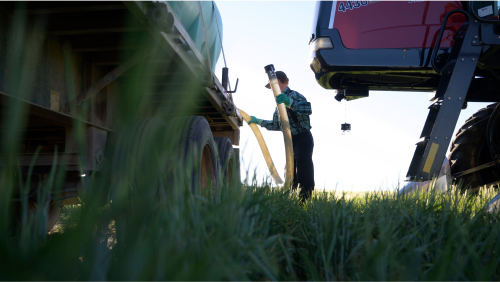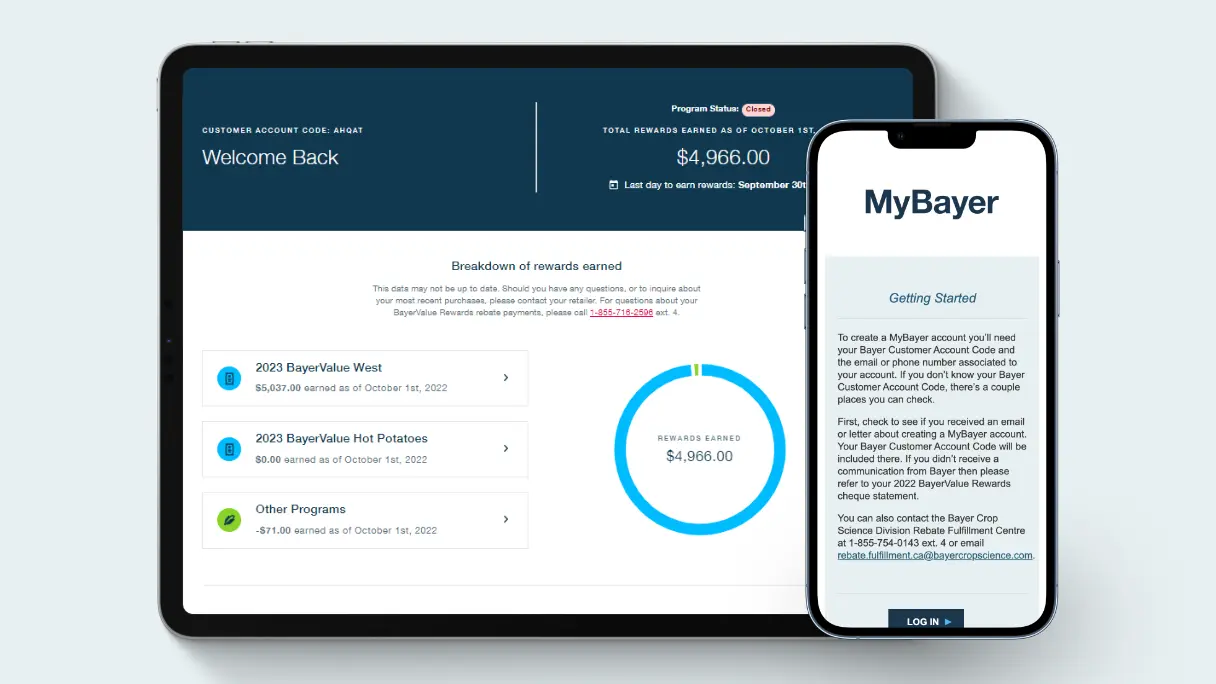TilMOR
Your flex timing specialist, TilMOR® fungicide, allows you to spray from flag leaf to heading, providing control of leaf diseases, suppression of fusarium head blight and reducing DON levels. Featuring a wide window of application, and a combination of prothioconazole and tebuconazole, you get the comprehensive disease protection you need for enhanced performance.
title-product-highlights
TilMOR offers the flexibility to spray from flag leaf stage to heading, providing control of leaf diseases, suppression of FHB and reducing DON levels.
The combination of prothioconazole and tebuconazole provides both protective and curative activity.
product-details-heading
| crops | groups-active-ingredients | formulation-type | packaging |
|---|---|---|---|
Barley Oats Wheat (Durum, Spring, Winter) | 3 Prothioconazole | Emulsifiable Concentrate | 10.12 L jug = 40 ac. |
| crops |
|---|
Barley Oats Wheat (Durum, Spring, Winter) |
| groups-active-ingredients |
|---|
3 Prothioconazole |
| formulation-type |
|---|
Emulsifiable Concentrate |
| packaging |
|---|
10.12 L jug = 40 ac. |
| diseases-controlled | diseases-suppressed |
|---|---|
Crown rust Leaf rust Net blotch Powdery mildew Scald | Fusarium head blight (Wheat) |
| diseases-controlled |
|---|
Crown rust Leaf rust Net blotch Powdery mildew Scald |
| diseases-suppressed |
|---|
Fusarium head blight (Wheat) |
title-use-mixing

title-additional-guidelines

fs-fungicide-overline-text
fs-fungicide-title-text
fs-fungicide-body-text
